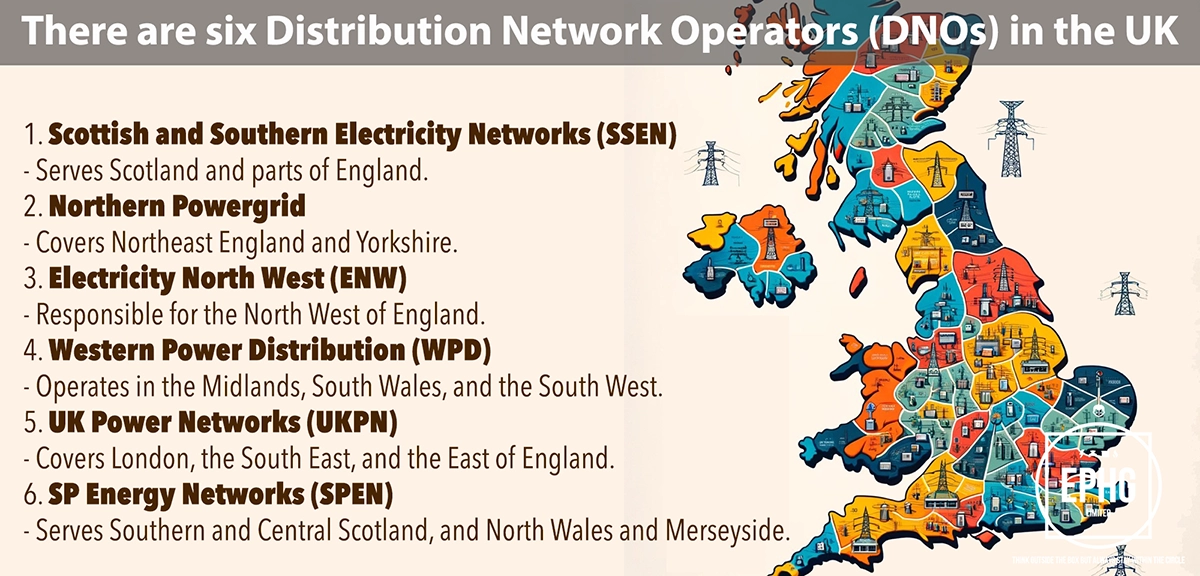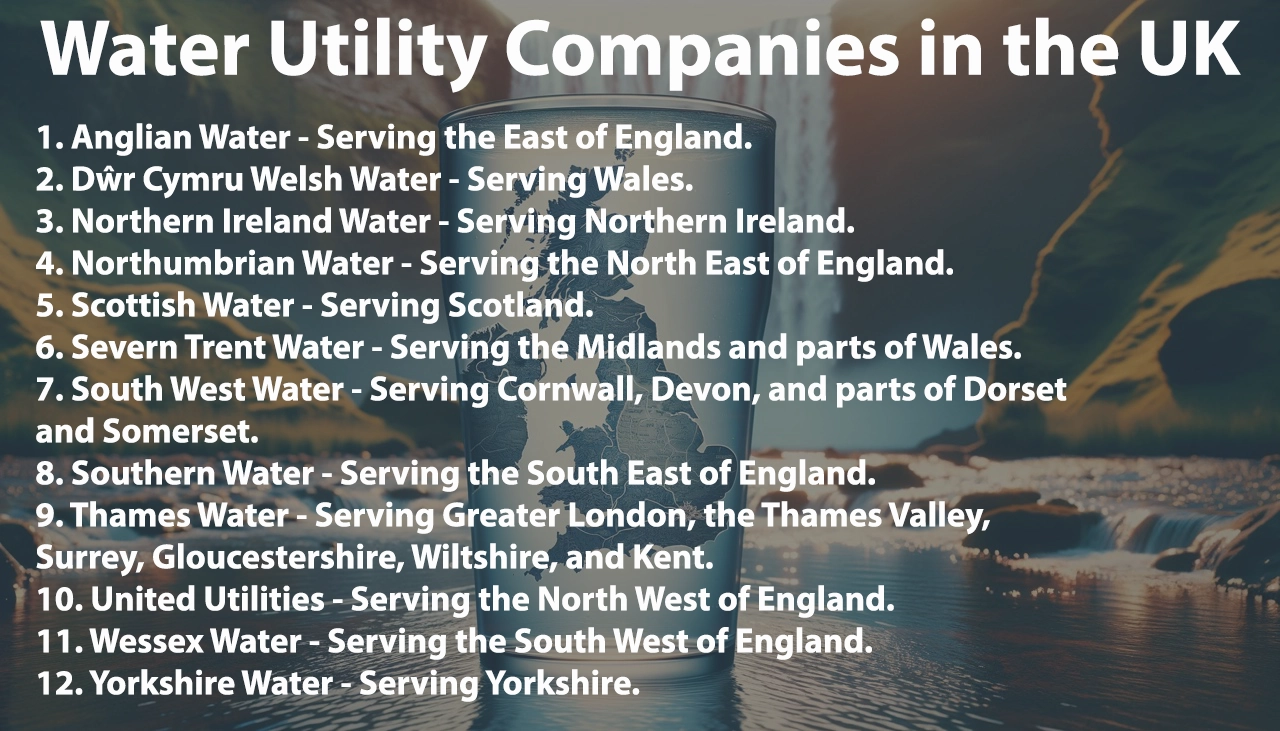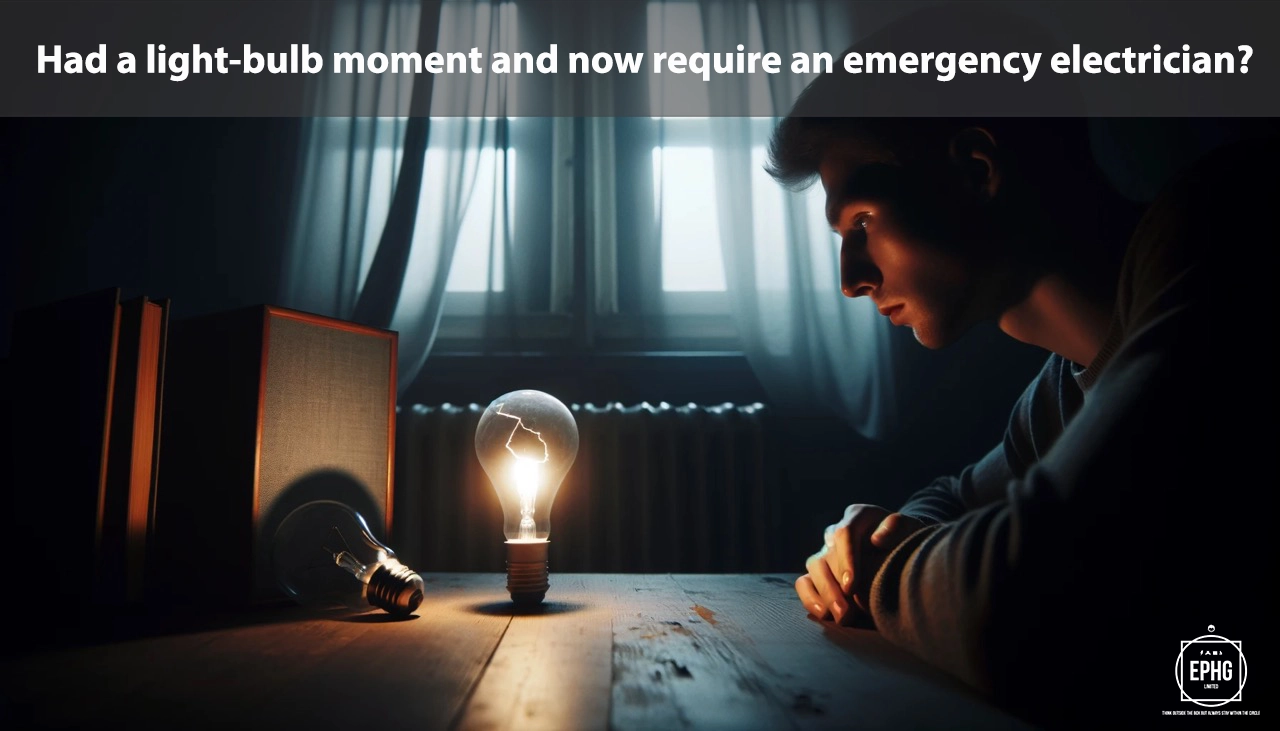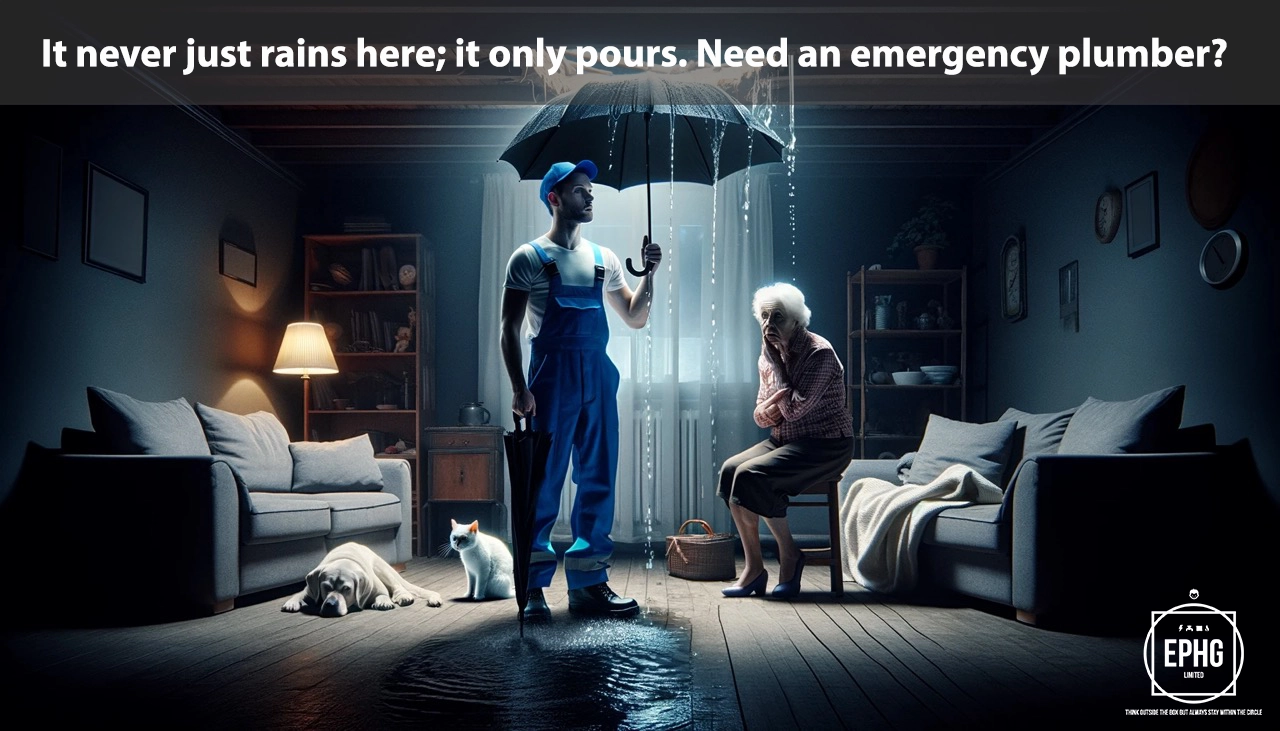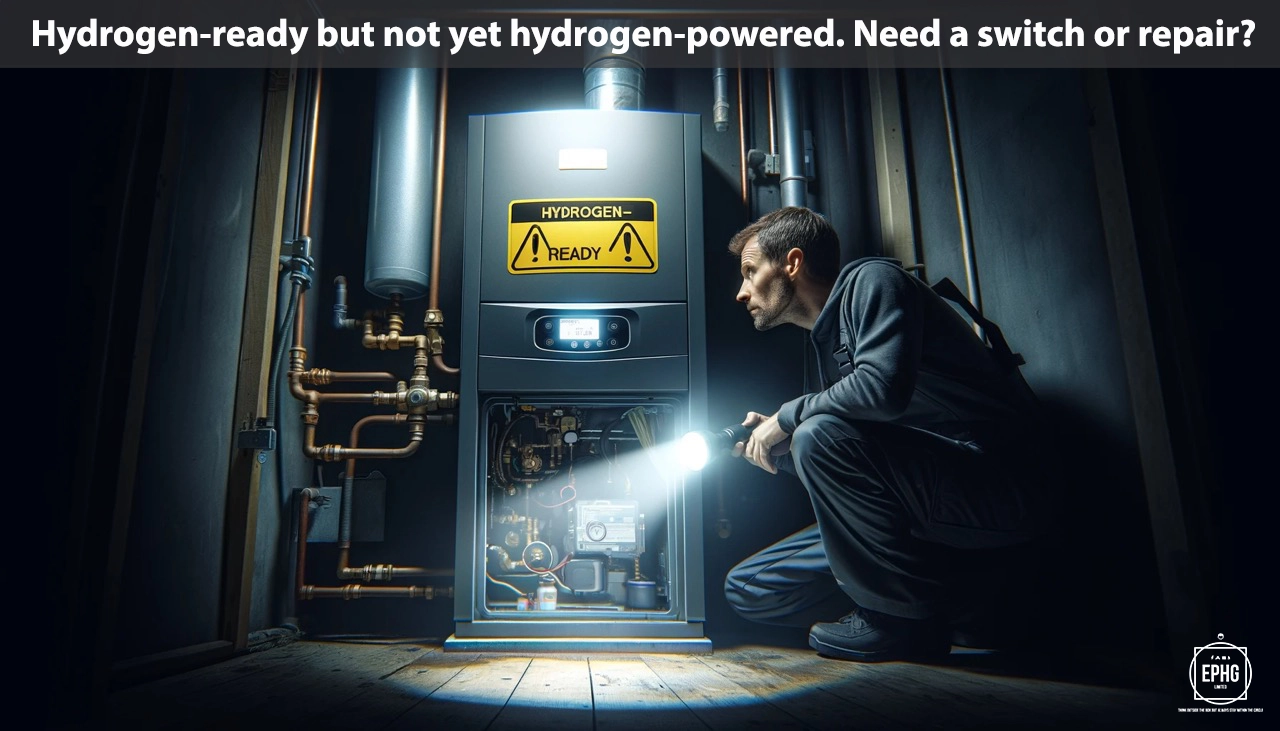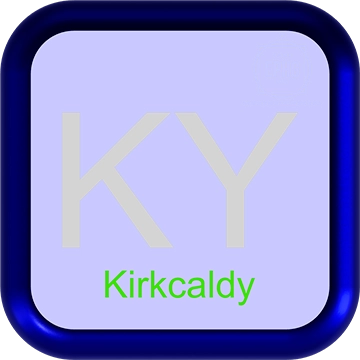
KY Postcodes for Utilities & Services in Fife, Including Kirkcaldy
Introduction: Spanning the vibrant locales of Fife, from the coastal expanse of Kirkcaldy to the historic streets of St. Andrews, the KY postcode area is a testament to Scotland's blend of natural beauty and urban development. This section provides insights into the essential utilities services of water and electricity, emphasizing the natural water sources that enrich the region.
Water in Fife and Kirkcaldy
Where does the water supply come from in the KY postcode area, and is there ever a shortage of water?
Fife's water supply, including the area of Kirkcaldy, is generously sustained by the River Eden, River Leven, and a network of lochs, notably Loch Leven and Loch Gelly. These natural reservoirs are crucial for delivering potable water to the communities within the KY postcode. Treatment facilities dotted across the region ensure this water is purified to meet rigorous health standards before it reaches taps in homes and businesses. Although Fife's water supply is generally robust, the region is not immune to occasional shortages, particularly during extended dry spells or in response to specific local demands. Scottish Water oversees water management, adopting proactive measures to mitigate shortage risks and promote efficient water use among residents, aiming for sustainable water consumption across Fife and Kirkcaldy.
What is the hardness & quality of the water in Fife, including Kirkcaldy?
Water hardness in Fife varies, with some areas experiencing moderately hard water due to the geological diversity across the region. Regardless, the water quality remains exemplary, frequently surpassing health and safety benchmarks through comprehensive treatment processes. While hard water can lead to minor issues like scale buildup, it is not detrimental to health and can contribute essential minerals. Fife's water treatment initiatives are dedicated to maintaining optimal water quality, ensuring safety and satisfaction for all residents, including those in Kirkcaldy. Continuous monitoring and maintenance by Scottish Water and local health authorities ensure the water's purity and safety are upheld.
Electricity in Kirkcaldy and Fife
Where does the electric supply come from in Kirkcaldy and the wider Fife area, and what is the future of energy there?
The electric supply in Kirkcaldy, as well as across Fife within the KY postcode area, is increasingly sourced from a variety of renewable energies, complementing traditional fossil fuels. The geographical diversity of Fife, including coastal areas around Kirkcaldy, is ideal for wind energy, with numerous wind farms dotting the landscape. Solar power initiatives are expanding, and the potential for tidal power along the Fife coast is being explored. Notably, Kirkcaldy is contributing to Fife's ambitious green hydrogen projects, aiming to use hydrogen as an alternative, clean energy source. The energy outlook for Kirkcaldy and Fife is focused on sustainability, with significant investments in renewable energy sources to foster a green, energy-secure future.
When is hydrogen coming to gas boilers in Kirkcaldy?
In line with Scotland’s green energy ambitions, Kirkcaldy is expected to be at the forefront of integrating hydrogen into residential heating solutions. Though a precise timeline is pending, the area is likely to benefit early from hydrogen technology due to its active participation in Fife's renewable energy initiatives. Pilot projects and studies assessing the feasibility of blending hydrogen with natural gas are in the planning stages, which will pave the way for a wider rollout. This transition underscores a critical element of Kirkcaldy and Fife's strategy to reduce carbon emissions and embrace sustainable heating solutions.
Where Does the Wastewater Go in Kirkcaldy and Fife?
In Kirkcaldy and throughout Fife, wastewater treatment is a sophisticated process, ensuring the protection of public health and local ecosystems. Advanced treatment plants across Fife, including facilities serving Kirkcaldy, are equipped with modern technology to clean wastewater effectively. The treated water is then responsibly discharged into the Firth of Forth and other bodies of water, meeting stringent environmental standards. These efforts illustrate Kirkcaldy and Fife's commitment to environmental sustainability and the responsible management of natural resources.
Regions and Services:
The KY postcode area covers a wide expanse of Fife, from the coastal lines to the rolling countryside. Each location boasts its unique blend of utilities and services:
- Kirkcaldy: Known as the heart of Fife's urban development, Kirkcaldy is a leader in embracing renewable energy sources alongside its well-established electrical and gas infrastructure. The town's commitment to sustainable energy solutions sets a precedent for urban areas within the region.
- St. Andrews and Cupar: Historic towns that balance traditional charm with modern amenities. St. Andrews, globally renowned for its golf courses and university, alongside Cupar, a bustling market town, are pioneers in integrating renewable energy projects within their communities.
- Glenrothes and Dunfermline: As Fife's major towns, they are central to the region's utilities development, featuring comprehensive electrical, gas, and water services. Both towns are moving towards sustainable practices, with initiatives focusing on energy efficiency and green energy adoption.
- Levenmouth and the East Neuk: Coastal areas with a strong heritage, these regions benefit from their proximity to natural resources, making them ideal for wind and tidal energy projects. Their utilities infrastructure is enhanced by the adoption of renewable energy, contributing to Fife's environmental goals.
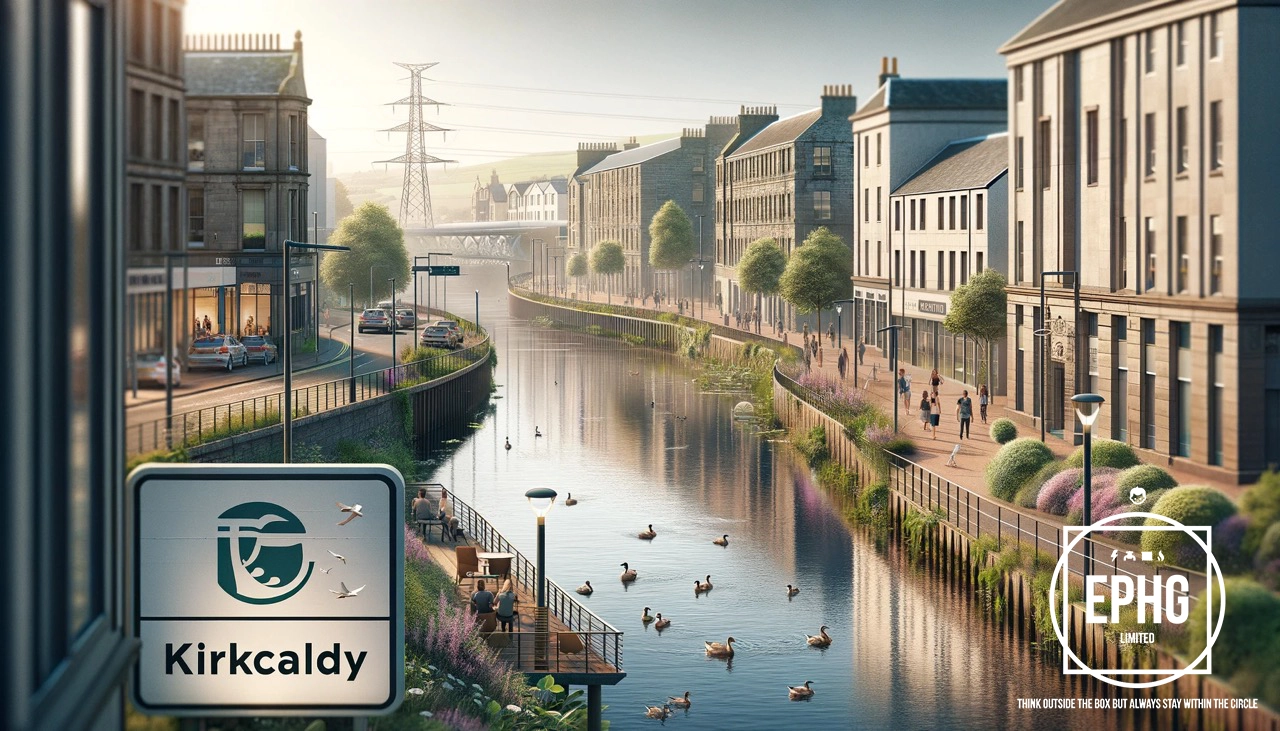
Regions within the KY Postcode
Fife's Major Towns
- KY1: Kirkcaldy, including Kirkcaldy town centre and north Kirkcaldy
- KY2: Kirkcaldy, covering Hayfield and Chapel
- KY3: Burntisland, Kinghorn, and Western Kirkcaldy
- KY4: Cowdenbeath, Hill of Beath, Crossgates
- KY5: Lochgelly, Lochore, Ballingry
- KY6: Glenrothes, Leslie, Scotlandwell
- KY7: Glenrothes town
- KY8: Leven, Lundin Links, Methil, Buckhaven
- KY9: Elie, Earlsferry, Colinsburgh, and Kilconquhar
- KY10: Anstruther, Pittenweem, Crail, St Monans, and the East Neuk
- KY11: Dunfermline, Inverkeithing, Dalgety Bay
- KY12: Dunfermline town, Townhill, and Carnock
- KY13: Kinross, Milnathort
- KY14: Newburgh, Auchtermuchty, Falkland
- KY15: Cupar, Ladybank, Ceres, Freuchie
- KY16: St. Andrews, Strathkinness, Leuchars
Surrounding Villages and Rural Areas
- KY7 & KY8: Surrounding areas of Glenrothes and Leven with smaller communities and rural settings
- KY10 to KY16: Coastal villages and rural areas around the East Neuk, St. Andrews, and towards the northern parts of Fife
